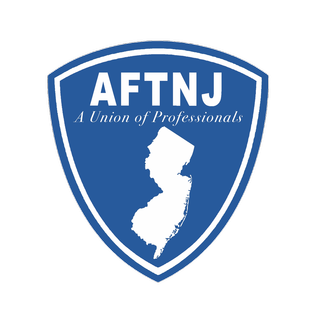In too many places, charters function more like deregulated “enterprise zones” than models of reform, providing subsidized spaces for a few at the expense of the many.
By Stan Karp
Somewhere along the way, nearly every teacher dreams of starting a school. I know I did.
More than once during the 30 years I taught English and journalism to high school students in Paterson, New Jersey, I imagined that creating my own school would open the door to everything I wanted as a teacher:
- Colleagues with a shared vision of teaching and learning.
- Freedom from central office bureaucracy.
- A welcoming school culture that reflected the lives of our students and families.
- Professional autonomy that nourished innovation and individual and collective growth.
- School-based decision-making that pushed choices about resources, priorities, time, and staffing closer to the classrooms where it matters the most.
But reality can be hard on daydreams, and I got a glimpse of how complicated these issues are when my large comprehensive high school embraced the reform trend of the day and moved to create small theme academies inside the larger school. As the lead teacher of a new communications academy, I soon faced a host of thorny questions: Who would our new academy serve? What would the selection process be? How would the academy share space and resources with the rest of the school? How would our academy team be formed, and what impact would overlapping circles of authority have on teachers’ contractual and evaluation processes? What would be the effect of the new academies on the larger school around us, which still opened its doors to everyone?
I think of this experience often as I follow the polarized debate over charter schools. I know there are many committed charter school teachers who share the dream of teaching in a progressive, student-centered school. And I know that, for some teachers, charter school jobs are the only ones available.
But I also know the charter school movement has changed dramatically in recent years in ways that have undermined its original intentions. Although small schools and theme academies have faded as a focus of reform initiatives, charters have expanded rapidly. According to Education Week, there are now more than 6,000 publicly funded charter schools in the United States enrolling about 4 percent of all students. Since 2008, the number of charter schools has grown by almost 50 percent, while over that same period nearly 4,000 traditional public schools have closed.1 This represents a huge transfer of resources and students from our public education system to the publicly funded but privately managed charter sector. Such trends raise serious concerns about the future of public education and its promise of quality education for all.
More>>



